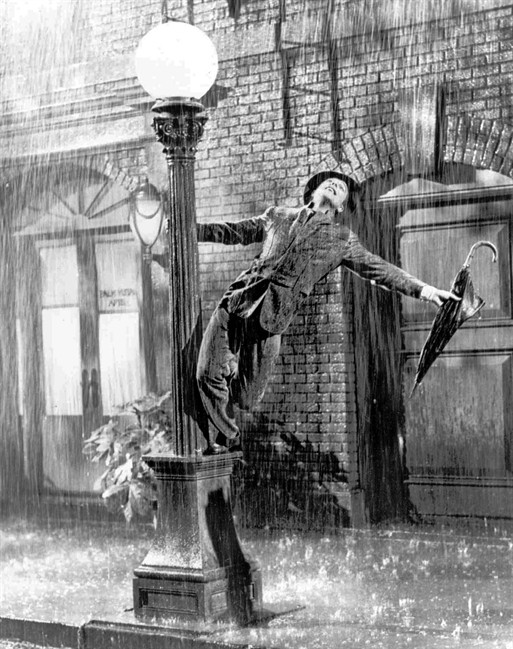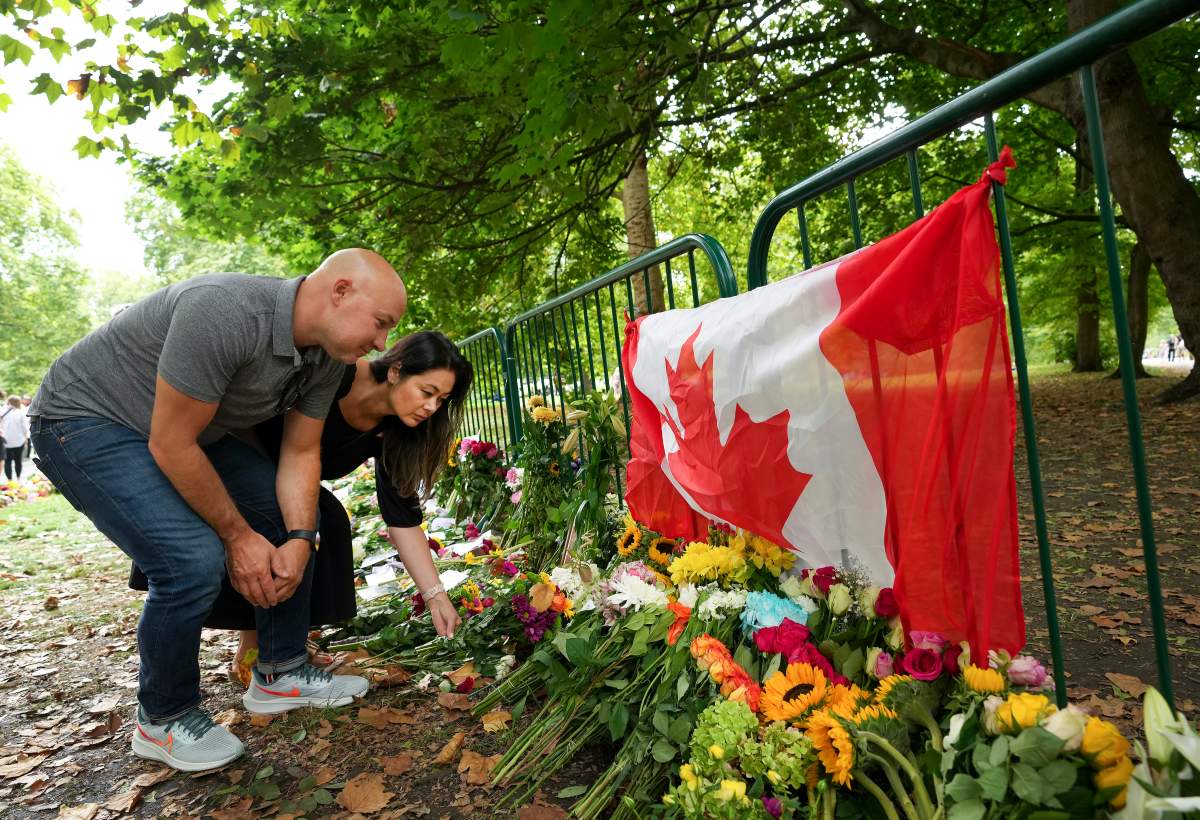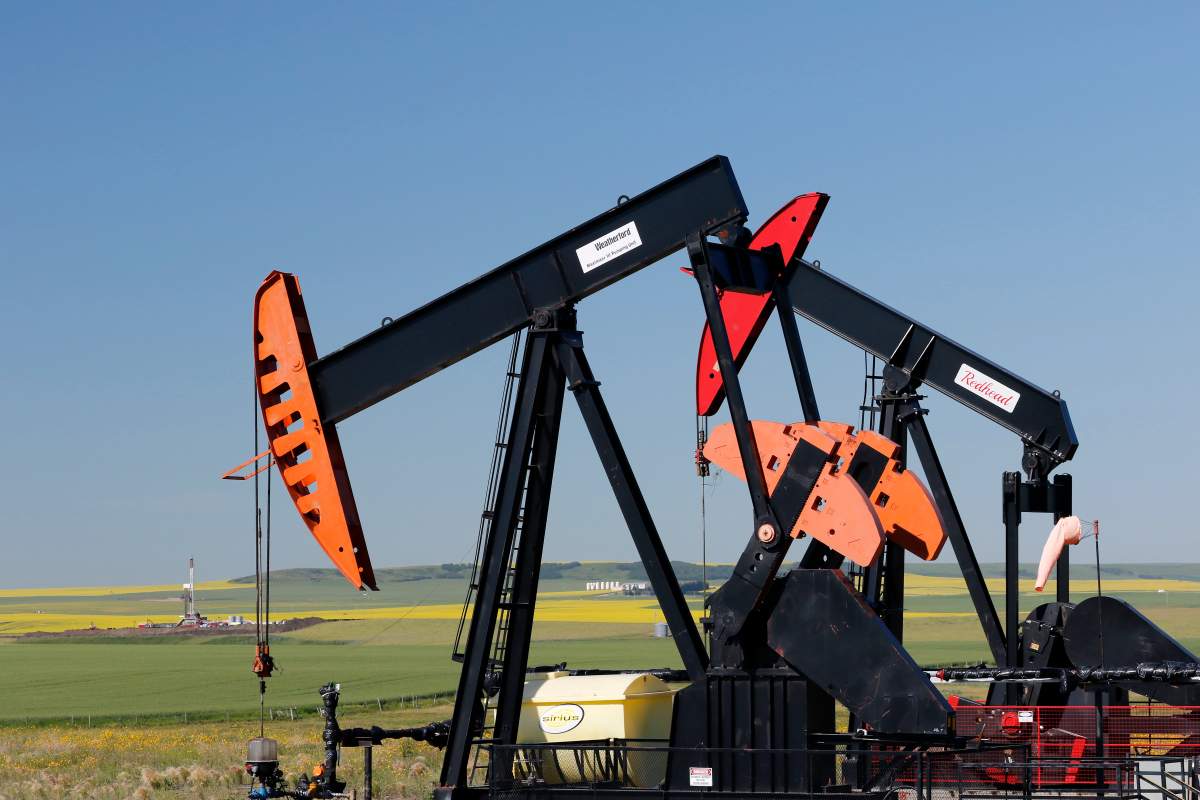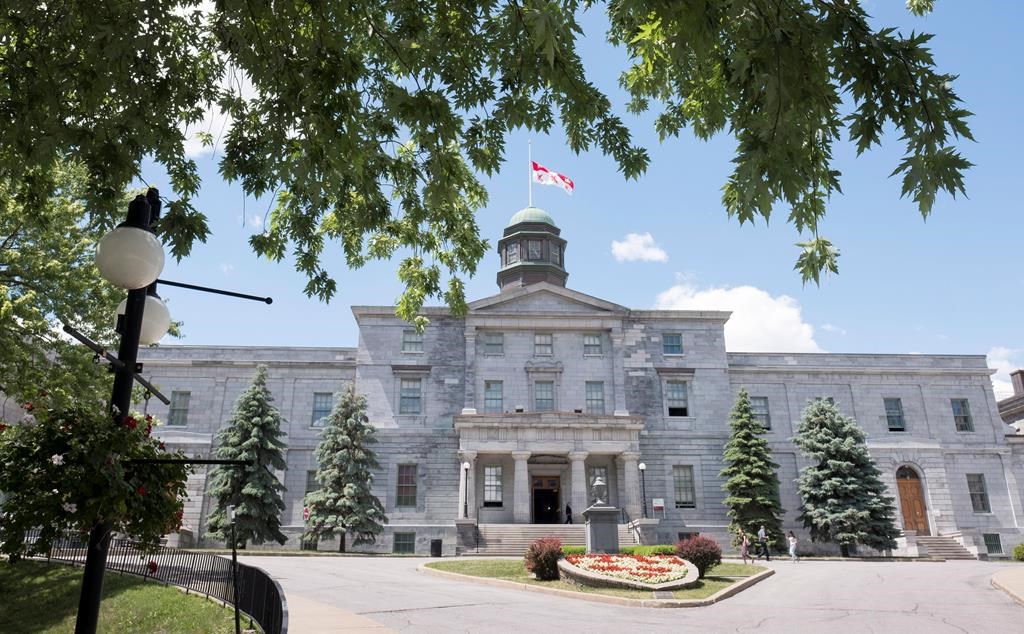It’s been 70 years since Queen Elizabeth II‘s ascension to the throne, meaning it’s also been 70 years since the world has witnessed a state funeral for a monarch of the British Royal Family.

State funerals are typically reserved for monarchs in the U.K., and the last such funeral was held in 1952 for Queen Elizabeth’s father, King George VI. A large percentage of Canadians weren’t alive to witness his funeral, and so much has changed since that time.
The population of our country has more than doubled, from 14 million in 1952 to 38.5 million today.

According to Statistics Canada, in 1952 only half of homes had central heating and 90 per cent had electricity.
Only half of Canadian households owned a car in 1952, while two-thirds had a telephone and a sewing machine.
And only 10 per cent of Canadian households had a television that year, while about 68 per cent had their own toilet and seven per cent shared a toilet with neighbours.
Also, 1952 was the year the world was introduced to Mr. Potato Head and the polio vaccine. It was also the year the Big Bang scientific theory was introduced to the public, and Great Britain tested its first atomic bomb.

The iconic musical film Singin’ In The Rain premiered at Radio City Music Hall and Blue Tango by Leroy Anderson was at the top of the retail sales music charts.
The costs of homes, cars, food, gas and university tuition also look very different now than they did 70 years ago. Over time, inflation has seen these costs balloon.

Get daily National news
Here’s a snapshot of how Canada has changed since the early 1950s. (Unless noted, prices are presented as they were at the time and have not been adjusted for inflation.)
Home prices
Without a doubt, home prices have been one of the largest rising costs in that time.
The average cost of a Toronto home in 1952 was $14,424. The current MLS average price is $1.03 million.
Average wages
The average Canadian weekly wage in 1952 was $55. Today it sits at $1,050 per week.
Average household income
The average Canadian household income was approximately $23,000 in 1952 when adjusted for inflation. In 2022, the average household income is $75,452.
Cost of oil
Adjusted for inflation, the cost of a barrel of oil in 1952 was US$30.91. In 2022, that price has risen to US$94.
An ounce of gold
In 1952, the average world price of an ounce of gold was US$34.60. Today, that price is $1,672 per ounce.
Cost of a new car
In 1952, Canadians paid on average $1,510 for a new car. In 2022, the average MSRP for a new car is just over $45,000.
University tuition
In 1952, the average Canadian university tuition was $450. Seventy years later, that cost has risen to $6,693 per year, on average.
City populations
In 1952, what is now known as the Greater Toronto Area had a population of approximately 1,178,000. By 2022 that population has grown to more than 6.3 million.
In 1952, the Metro Vancouver area was home to 569,000. Now, 2.63 million live in the same area.
And in 1952, the population of Halifax was approximately 139,000. Today the Maritime city is home to more than 460,000.
(Sources: StatsCan, BMO Group, Canadian Council on Social Development, National Mining Association, ThePeopleHistory.com and The Canadian Real Estate Association.)



















Comments